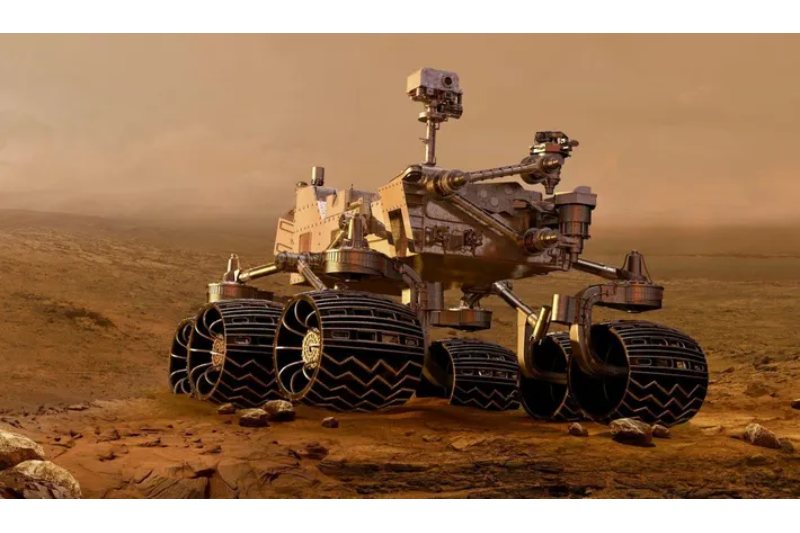Methane has been consistently found on Mars since 2012 by NASA’s Curiosity rover, particularly in the vicinity of its landing site within the 96-mile-wide (154-kilometer) Gale Crater.
However, the methane on Mars is acting strangely. It only shows up at night, varies with the seasons, and suddenly peaks at 40 times the normal amount. The gas isn’t noticeable high in the Martian atmosphere, and it hasn’t been found close to the surface in any other Red Planet locations, which adds to the mystery. What is happening at Gale Crater, then?
It looks like planetary scientist Alexander Pavlov and his team at NASA may finally have at least part of the answer. The team proposes that the Mars methane is trapped in the regolith at Gale under a layer of hardened salt. Warm days may erode the crust, making it easier for methane to escape at night. Furthermore, if a heavy rover drives across the crust, its weight may cause a breach in it, which would let methane explode in a concentrated puff.
Neon, a methane analog, perchlorate, a salt that is commonly found on Mars, and a model of Martian regolith were used by the researchers to test their theory here on Earth. Their experiments, carried out in a Mars simulation chamber at NASA’s Goddard Space Flight Center in Maryland, demonstrated that, in certain circumstances, a salt crust may form and trap methane underneath it.
The erratic behavior of Martian methane may be explained by a coating of crystallized salt, but the reason methane even exists on Mars is still a mystery to scientists. Although living things on Earth are the main producers of methane, there are currently no indications of life on Mars.
To be clear, methane does not always indicate the presence of life; geological processes can also produce the gas.
Curiosity’s project scientist at NASA’s Jet Propulsion Laboratory in Southern California, Ashwin Vasavada, said in a statement, “It’s a story with a lot of plot twists.” “Some of the methane work will have to be left to future surface spacecraft that are more focused on answering these specific questions.”
